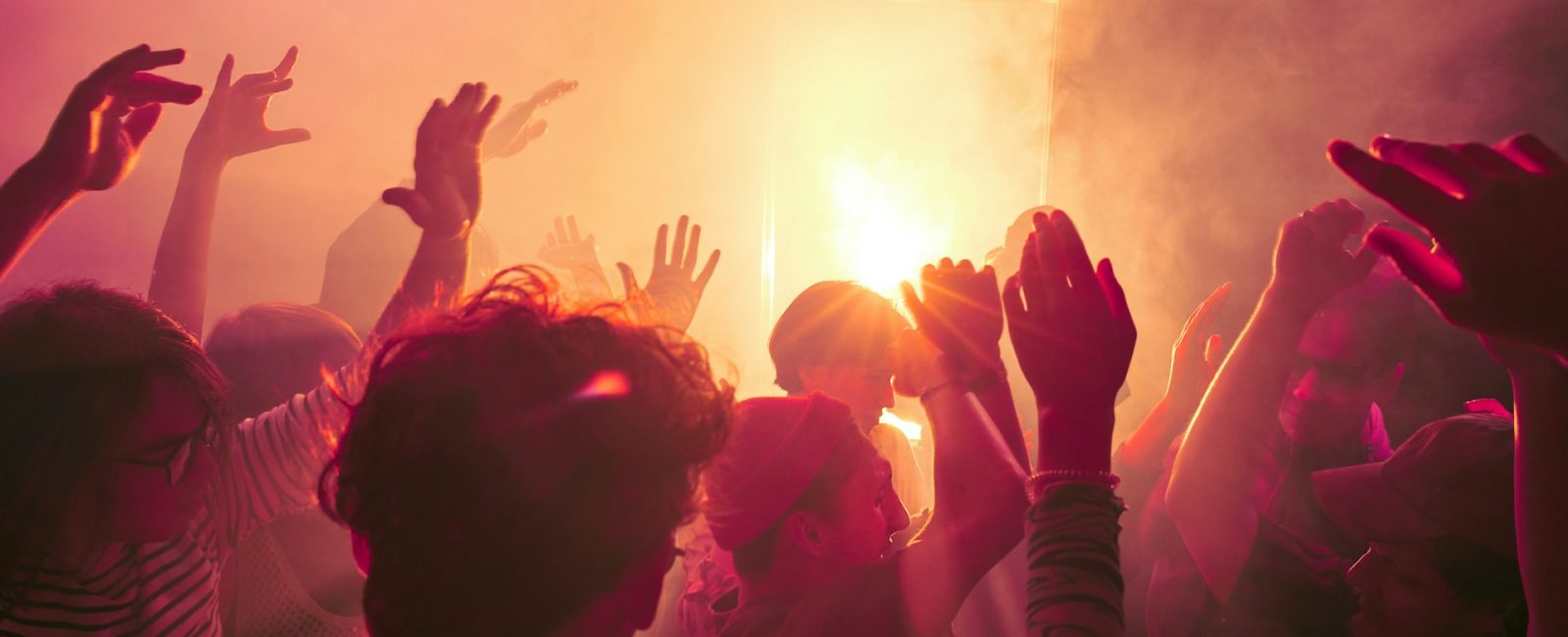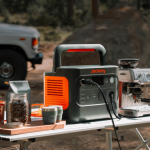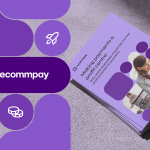
Why Nightlife in Tourist Hotspots Offers a Different Type of Dating Experience
Nightlife in tourist-heavy cities such as Dallas and Washington, D.C., largely contributes to the economy while also shaping social life. In Dallas, nightlife-related revenue is estimated at $15 billion annually, supporting more than 256,000 jobs. Similarly, Washington, D.C.’s nightlife generates $7.1 billion each year and sustains employment for nearly 65,000 people. These sectors not only energize local economies but also create distinct dating atmospheres. Venues in such areas cater to travelers, locals, and professionals who often keep late hours, resulting in a mix of personalities and dating dynamics not typically found in smaller cities or quieter locales.
Nightlife hubs thrive on options—restaurants, bars, nightclubs, and cultural venues offer varied social settings in a single night. For example, Washington, D.C.’s 2,437 nightlife establishments include places that cater to a wide array of tastes, making it easier to meet others in settings that suit individual preferences. The flexible operations of nightlife businesses, focused on late hours of business, lead to unique encounters that differ from traditional day-to-day meeting opportunities.
Exploring Non-Traditional Dating Choices in Nightlife Settings
Nightlife in tourist hubs often supports a variety of relationship dynamics, catering to the preferences and lifestyles of an increasingly large and diverse crowd. Some people focus on connecting with energetic extroverts over live music, while others seek quieter encounters in relaxed lounge settings. These environments also allow those interested in dynamic connections to explore modern dating arrangements, such as when people choose platforms to find a sugar daddy or similar setups tailored to their personal goals.
This flexibility underscores the appeal of nightlife as a space where preferences, philosophies, and relationship aspirations can intersect. Whether someone is seeking spontaneity or prefers more deliberate connections, nightlife offers opportunities for meaningful interactions that adapt to different lifestyles and interests.
A Stage Set for Intentional Connections
Tourist hotspots tend to attract people who are ready to socialize. During the night, especially weekends, crowds often include locals and travelers searching for casual or short-term connections. Unlike organic settings such as workplaces or neighborhood meet-ups, nightlife environments encourage purposeful interactions. Bars and clubs frequently act as gathering points for extroverted personalities who thrive in fast-paced atmospheres, enhancing their chances of meeting compatible partners.
The presence of travelers adds new elements to this. Many are drawn to nightlife spots to experience local culture or meet new people outside their own social circles. For solo travelers especially, nightlife venues provide accessible opportunities to connect. Research shows that 14 percent of people plan to travel alone by 2025, and for these visitors, nightlife becomes an appealing way to encounter others.
Local Culture and Entertainment as Dating Catalysts
Nightlife in cities often combines cultural significance and entertainment in its offerings, enhancing dating opportunities. Washington, D.C.’s nightlife showcases its rich history of Go-Go music and vibrant LGBTQ+ community, whereas Dallas has a deep-rooted association with live country and blues performances. Venues hosting live music, theater, or cultural events offer shared activities that foster deeper connections.
Evening tours and unique events, such as museum late-night programs or stargazing sessions, create ideal settings for dates that merge entertainment with conversational opportunities. In fact, broader nightlife industry trends show an increasing focus on nocturnal tourism like these activities, which further diversify dating options. For couples attending local performances or tourists enjoying extended hours at cultural attractions, these environments naturally foster connection.
In crafting richer relationships, these settings are further supported by safety measures and urban planning. Cities prioritize public safety in nightlife zones and public transportation access, addressing common barriers to a secure and enjoyable evening. For example, Dallas’s effort to enhance safety has improved these districts’ reputation, benefitting both locals and visitors.
Shared Benefits of a Thriving Nightlife
For tourists and residents, nightlife in major travel hubs brings unique opportunities to date, connect, and interact in environments not replicable during daytime activities. The strong cultural and economic ecosystem of nightlife enhances these chances. By immersing in late-night activities, dating becomes tied to memorable moments or shared cultural touchpoints that extend beyond the surface. With better safety measures, thoughtful community engagement, and varied social offerings, nightlife creates unmatched avenues to explore new connections.












